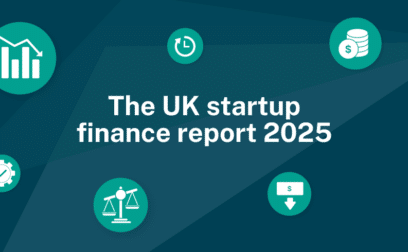Definition
An investor risk profile, also known as a risk tolerance assessment, is an evaluation of an individual’s willingness and ability to take on risk in their investment portfolio.
What is an investor risk profile?
An investor risk profile is a crucial step in financial planning and investment management, as it helps determine the most suitable investment strategy and asset allocation for an investor’s specific needs and preferences. Here are the key components of an investor risk profile:
1. Willingness to take risk: This aspect of the risk profile assesses an individual’s psychological and emotional comfort with risk. It’s typically measured through questionnaires or discussions with a financial advisor. Questions might inquire about how an investor would react to market fluctuations, whether they have a preference for stability or are open to more significant potential gains (with accompanying volatility), and their past investment experiences.
2. Ability to take risk: This part of the risk profile evaluates an investor’s financial capacity to absorb losses or withstand market downturns. Factors considered include the investor’s financial goals, time horizon, income, expenses, and overall financial situation. For example, a younger investor with a long-term horizon and stable income may have a higher ability to take on risk compared to a retiree relying heavily on their investments for income.
3. Risk tolerance categories: Based on the assessment of willingness and ability to take risks, investors are typically categorised into different risk tolerance levels, such as conservative, moderate, or aggressive. These categories help guide investment recommendations.
4. Asset allocation: An investor’s risk profile plays a crucial role in determining the appropriate mix of asset classes in their portfolio. For example, a conservative investor may have a higher allocation to bonds and cash, while an aggressive investor may have a larger allocation to stocks and potentially riskier assets.
5. Diversification: The risk profile also influences the level of diversification within a portfolio. Investors with a lower risk tolerance may prefer a more diversified portfolio to mitigate risk, while those with a higher risk tolerance may accept a more concentrated portfolio focused on higher-growth or more volatile assets.
6. Periodic review: Risk profiles are not static; they can change over time due to changes in an investor’s financial situation, goals, or life circumstances. Periodic reviews with a financial advisor are essential to ensure that an investor’s portfolio remains aligned with their risk profile.
Understanding one’s risk profile is critical in making informed investment decisions that match individual preferences and financial goals. It helps strike a balance between achieving potential returns and managing risk, ultimately leading to a more comfortable and successful investment experience.
Example of an investor risk profile
John is a 35-year-old investor who is considering building an investment portfolio to achieve financial goals. He undergoes a risk tolerance assessment, which includes a questionnaire asking about his financial situation, investment knowledge, and comfort level with market fluctuations.
Based on the risk tolerance assessment, John’s responses indicate that he has a moderate risk tolerance. He is willing to accept some level of risk for potentially higher returns but prefers a balanced approach.
Considering his risk profile and financial goals, John decides on an asset allocation strategy:
- Short-Term Goal: Allocates a portion of his portfolio to low-risk assets, such as short-term bonds or a savings account, to protect his savings.
- Long-Term Goal: Allocates a larger portion of his portfolio to a diversified mix of stocks, aiming for potential long-term growth for his retirement fund.
In this example, John’s risk profile influences his investment decisions, guiding the allocation of assets in his portfolio based on his comfort with risk, investment goals, and time horizon.


































 yet? Register here!
yet? Register here!